The title of this post is perhaps a little misleading, but probably not in the way you are expecting. If anything, it’s a massive understatement.
If I were to factor in the money I actually made in image sales from photos taken with my Canon 200-400mm F/4 L IS 1.4ext, it wouldn’t have cost me anything at all. It would have made me a great deal of money.
But that’s not what we’re talking about here. In this instance, I’m purely talking about the difference in the price I paid for that lens when I purchased it new (from an authorized Canon dealer in Canada), and the price I subsequently sold it for recently on the second-hand market.
Yes, I sold it for a mere $400 less than I paid for it, to a very happy buyer, having used it for several years to make some of my all-time favourite images.
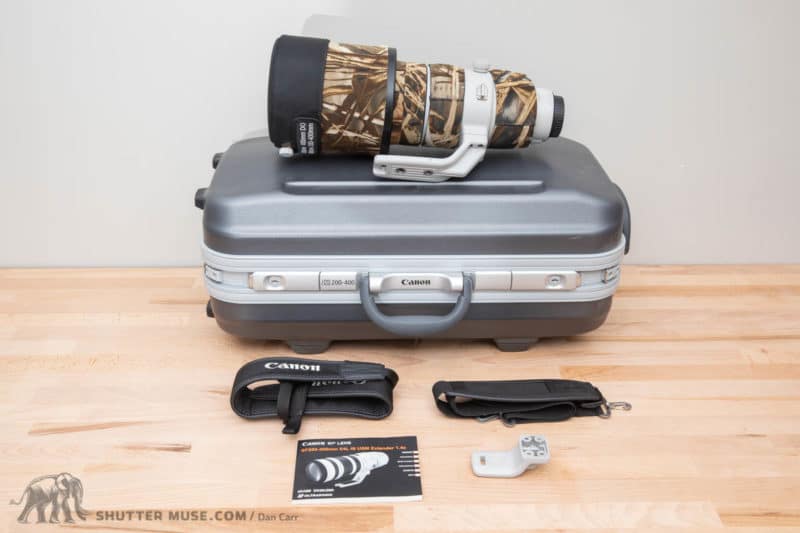
But how?
If you ever buy a lens this expensive, at least a few of your friends will probably tell you you’re crazy. Most people who aren’t seasoned photographers just look at equipment purchases as money that is spent and gone forever.
I don’t think that way at all. Large purchases are assets for my business. Much of that value is still there in my business, even if it’s no longer in cash. If you’re careful, you can minimize your losses, or maybe even profit from your purchases.
There are a number of factors that come into play with the recent lens sale I’m using for this example, so I’ll discuss them all individually:
Canon CPS Discount
Canon CPS membership benefits vary from country to country, but to my knowledge there are at least some membership levels in all countries that offer the CPS service, which include a discount on pro-level equipment purchases (L-Series lenses, 1D and 5D series camera bodies).
Links: Canon CPS USA – Canon CPS Canada – Canon CPS Europe
To my knowledge it’s not a set percentage for all items but in the case of my Canon 200-400mm lens the discount was significant. The retail price for the lens when I bought it was $12,000, but the price to CPS Platinum members was $10,400.
Right off the bat, I’ve saved $1600 simply for having a membership that has an annual fee of only $250 (in Canada). Pretty good, right? If you’re looking at buying a Canon super telephoto lens, or a 1-Series camera body and you’re not a Canon CPS member then quite frankly you’re mad. Above a certain dollar value of purchase it’s clearly worth it for the potential savings, and that doesn’t even factor in all the service benefits of having the membership, and the ability to test drive equipment for free.
Canon/Industry Price Increases
Since the launch of the Canon 200-400mm lens, the Canadian retail price has increased steadily from $12,000 to $16,079 at the time of writing this article. That is a pretty crazy price increase in about four years!
These price increase haven’t been across the board though. In fact prices for consumer lenses have dropped in response to increased competition from third-party lens manufacturers such as Sigma, and entry-level full frame cameras like the mirrorless EOS RP are cheaper than ever.
At the top end of the product lines though, prices have increased for lenses and top-of-the-line DSLR bodies. Perhaps this is in response to falling profits in the consumer sector, and falling sales in the professional sector as publications continue to lay off swathes of photographers. Development costs therefore need to be split between fewer sales of this high-end equipment. Certainly economic factors came into play as well, with the Yen’s fluctuating value.
Whatever the cause was, prices increased, and those increases were higher for super telephoto lenses like the 200-400mm. My guess is that this trend will continue for these kinds of professional products.
Well Taken Care Of
The other thing I did was to take damn good care of the lens, and this contributes hugely to the resale value of big ticket items like super telephoto lenses. If you still have all the original manuals and straps, even better!
You’d be forgiven for thinking that the photos in this article are of the lens on the day I bought it, but these are actually the photos I sent to the eventual buyer when I sold it. Looks pretty good right?
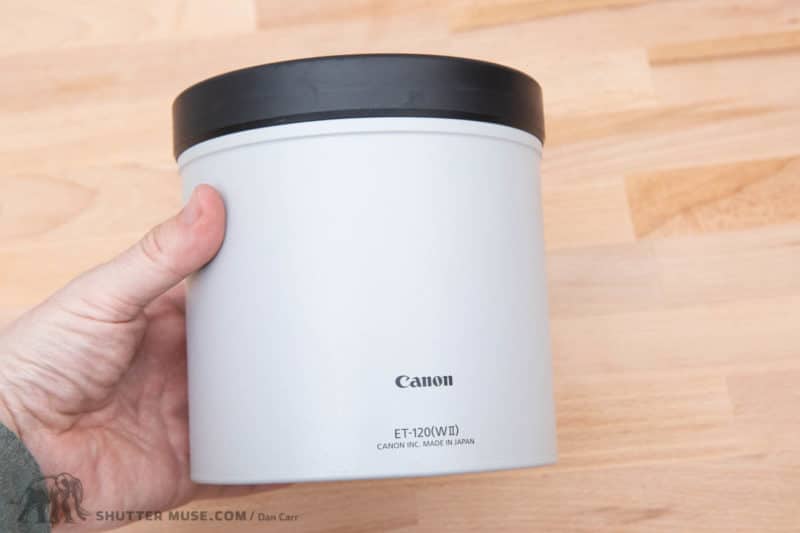
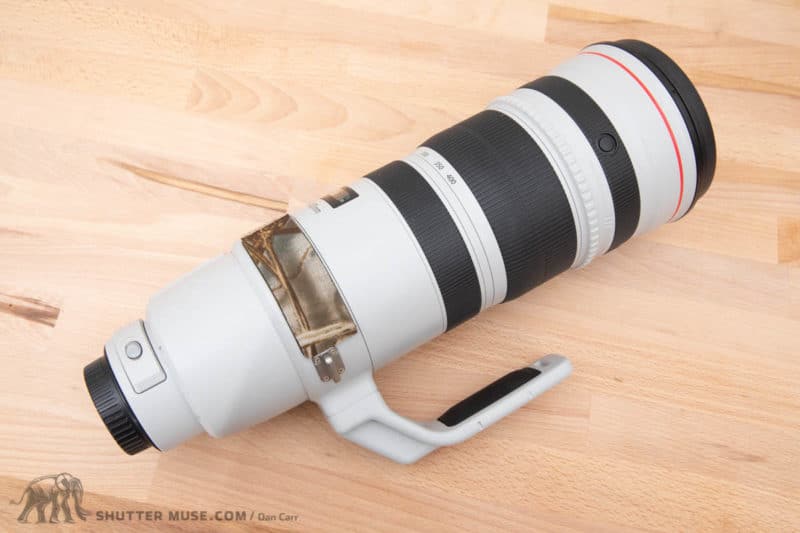
Since day 1 I used a LensCoat lens cover on it to protect most of the barrel from scratches, and particularly the lens hood which is even more prone to paint loss (and cost $700 to replace!). I also used a Really Right Stuff replacement foot on the lens, and the original lens foot was put away in a box and never used. When I travelled, it was wrapped even further in a LensCoat TravelCoat and then packed into one of my heavily padded MindShift Gear backpacks, like the BackLight Elite 45.
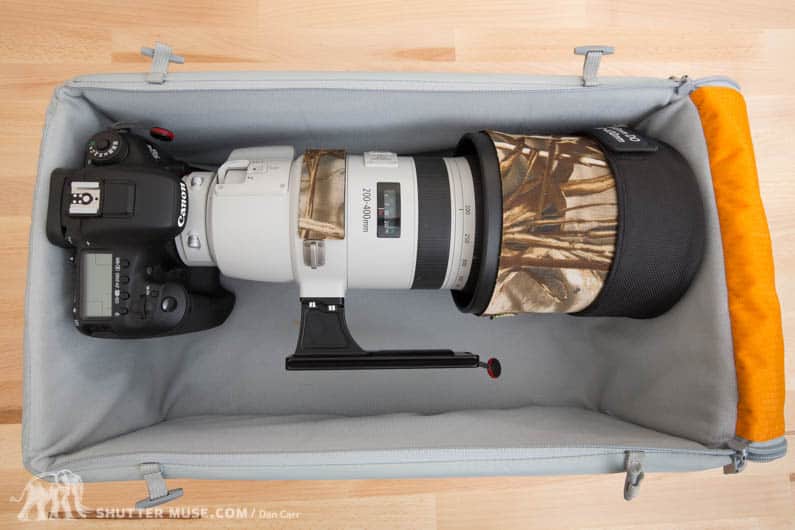
Think about it. When you put a big lens like this down on the ground, or even on a table, which parts of it make contact first? It’s the lens hood and the lens foot! Protecting those is a really simple way to keep your lens looking loved, and getting a higher price when it’s time to sell.
The Scarcity Factor
Another factor that kept the lens value high was the scarcity of this lens. The buyer told me he found three lenses of this type for sale in Canada, and Canada is a pretty big place! Whenever there is scarcity, pricing will remain high. And for those of you thinking that maybe I overcharged the buyer, he told me that at least one of those other second-hand versions available in Canada was priced higher than mine. And let’s not forget that my lens cost him over $6500 less than what he would have paid to get a brand new one. Everyone walked away from this sale very happy.
Of course this scarcity factor means that you are not likely to have this kind of success by investing in standard lenses like a 24-70 f/2.8. There will be hundreds of those available on the second-hand market at any one time, and that will drive the price down. Generally speaking, the higher the ticket price on the item in the first place, the scarcer it will be.
No Lens Updates
The Canon 200-400mm hasn’t been updated to a Mark II version since I bought it. I suspect there will never be an EF 200-40mm MkII as Canon looks to develop the new RF lens format moving forwards.
Whenever Canon launch a new version of a lens, it inevitably puts a dent in the resale value of older versions as the market gets flooded with people selling the old one to upgrade to the new one. Perhaps “flooded” is a slight exaggeration when it comes to 5-figure super telephoto lenses, but it definitely does increase the number that are on the market. Lens predictions are very hard, but if you’re planning to sell a big piece of equipment it does pay to have some idea of the current state of Canon’s development plans.
Final Thoughts
Throughout my career I have always invested in Canon’s L-series lenses, and found them to hold their value very well if you take care of them. That said, when I spent this much money on the 200-400mm in the first place I did expect to end up losing a lot more money on it.
In other words, it’s not a solid business plan to make the assumption that you can buy such expensive equipment new and take such a small loss on it over time. Plan for the worst, and then it’ll be a nice surprise for you if things work out the way they did for me.
By taking into account some of the things I mentioned in this article, though, I hope it will give you a slightly better chance at minimizing those losses! I’ve even heard of a few people making a profit when it comes time to sell big white super telephoto lenses.
Epilogue… Why Did I Sell It?
Because I was asked: I moved to Sony. You can read my reasoning behind that switch from Canon to Sony in a separate article.







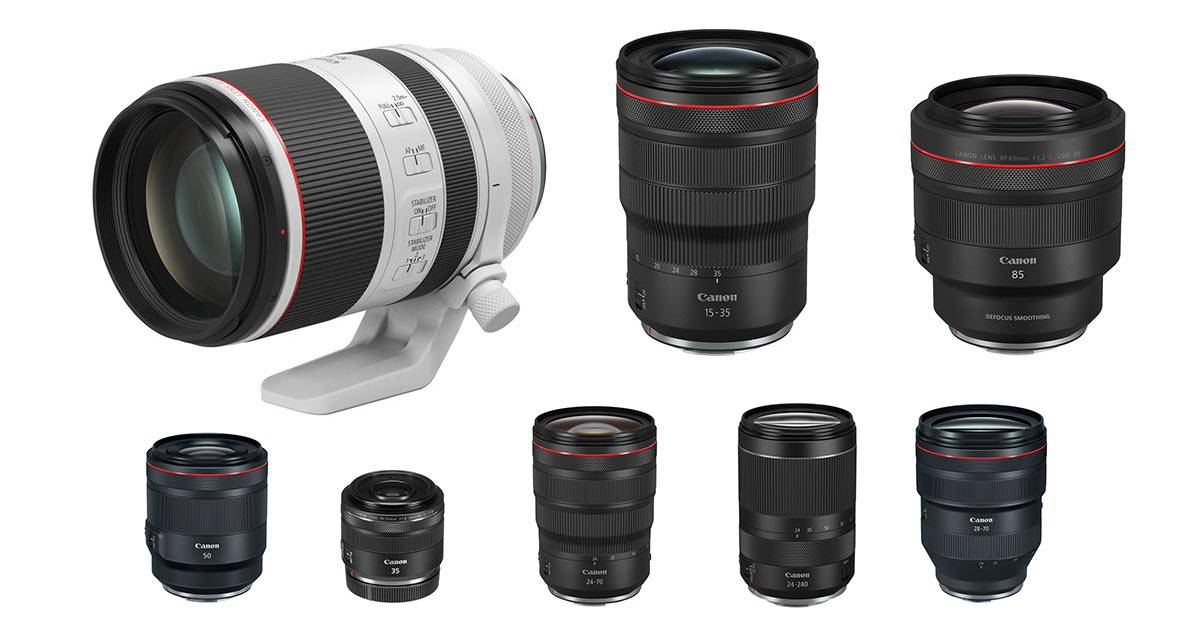
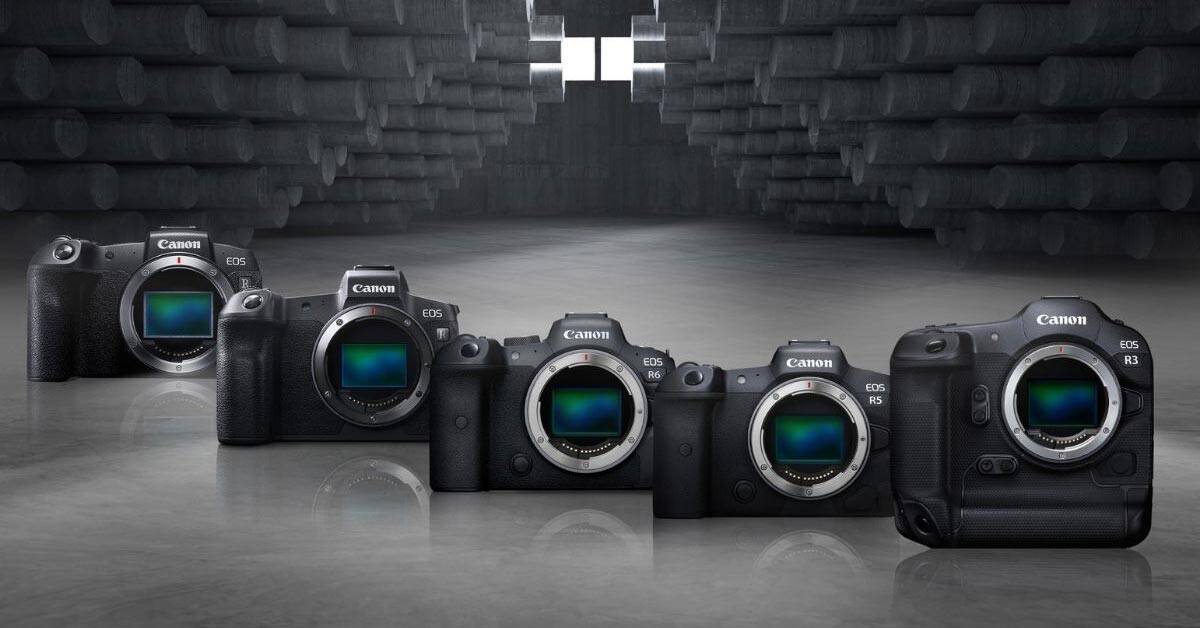
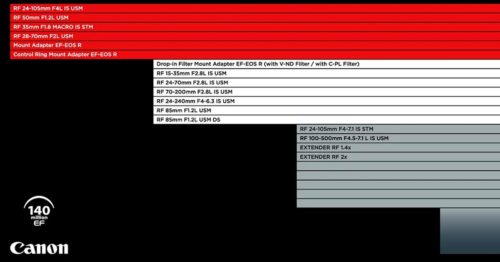
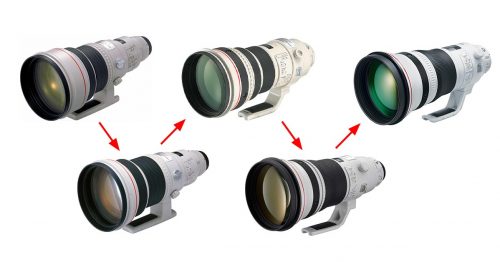
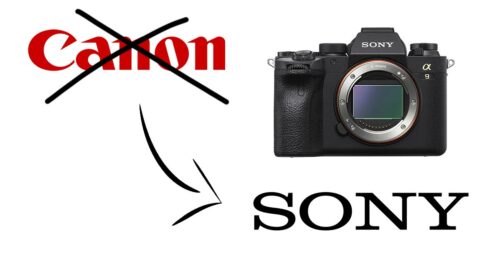
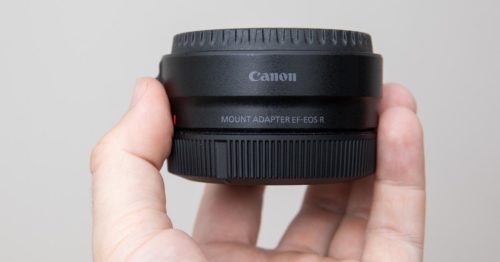
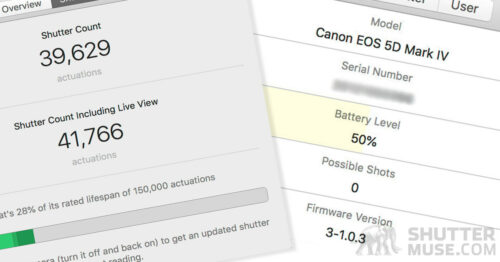

What are your thoughts on the new 600 f4 III and 400 f2.8 III? Are you leaning more heavily towards one vs the other?
I’m going to test them both before I make a decision. I really love the versatility of 400mm because you can always make a 560mm f/4 with an extender anyway, with only minor loss in image quality. Also the lens is a lot shorter and that makes it significantly easier to travel with. So I guess I’m leaning that way… but I’ll try them first. I still have the 400mm f/4 DO IS II that I’m using at the moment until I make a decision.
I’m really curious towards what you learn from testing them both out. My 100-400ii needs a longer friend for birds mostly, so I too am considering both of these lenses. Unfortunately, I can’t find any shop to hire them from in New Zealand. They both are incredibly intriguing with their massive weight reductions.
The 600 seems like the obvious choice for birds, but it’s still a large lens to travel with and handhold. While the 400 has greater versatility with its size and aperture.
The million dollar question is, does the 600 f4 have that much greater IQ, then a 400 + 1.4TC (560 f4)?
I look forward to hearing what you find out from them both.
As you say, that’s the big question. There will of course be a difference. I use the 400mm f/4 DO IS II a lot at the moment as well, and I’mm very happy with its IQ using the 1.4x extender. My assumption is that the 400mm III will be slightly better than this so it should be more than capable. That said, I’d very rarely recommend anyone buy a lens with the intention of ALWAYS using an extender on it, and I can’t help thinking that is what would happen for you if you are mostly shooting birds… The price difference is negligible, even the weight difference isn’t all that much, so you’re basically looking at the difference in length. If you aren’t planning on traveling internationally, a lot, then I suspect the 600 is the one for you…
Thanks for that Dan.
Unfortunately, it doesn’t look like a 600 DO or 500III will be coming out anytime soon (if ever) for Canon’s DSLR range.
I’ve slowly come to a similar conclusion about the 600III and yes I would be leaving the 1.4 TC on most of the time. We travel back home to the North America and Aussie almost yearly, but like you said the weight difference is only a mere 210g. I’ll have to look into effective travel bags more, after I eventually rent one.
If you go to N.America a lot then you could rent both lenses from Lensrentals while you are there…
Hi Dan, You quite rightly point out this lens has never been updated to a MK II, however, there was a firmware update to v1.1.0 in 2018. I recently purchased a brand new 200-400mm which came with firmware v1.0.0. The update is easy to perform, similar to updating the camera’s firmware, takes about 5 minutes. I took the zoom route rather than the 400mm or 600mm Mk III ‘s for the increased flexibility over the fixed focal length lenses, albeit with something of a weight penalty. Also took your advice on a lens coat and replacement foot. I am certainly not considering selling, possibly ever, but in view of the lens’s cost, a few simple precautions to preserve its looks and value seems a sound approach.
Good info! Weird that a new lens had the old firmware but I guess they don’t sell many of these so it might have been manufactured a long time ago. Your choices are good ones. I never expected to sell either, I dearly loved that lens, but eventually decided to switch camera brands so I’m glad I took care of it. Enjoy your new beast!!
What kind of bag is the camera & body in on the shot showing the replacement lens foot?
That’s the insert from a LowePro Whistler pack. Review here: https://shuttermuse.com/lowepro-whistler-backpack-review